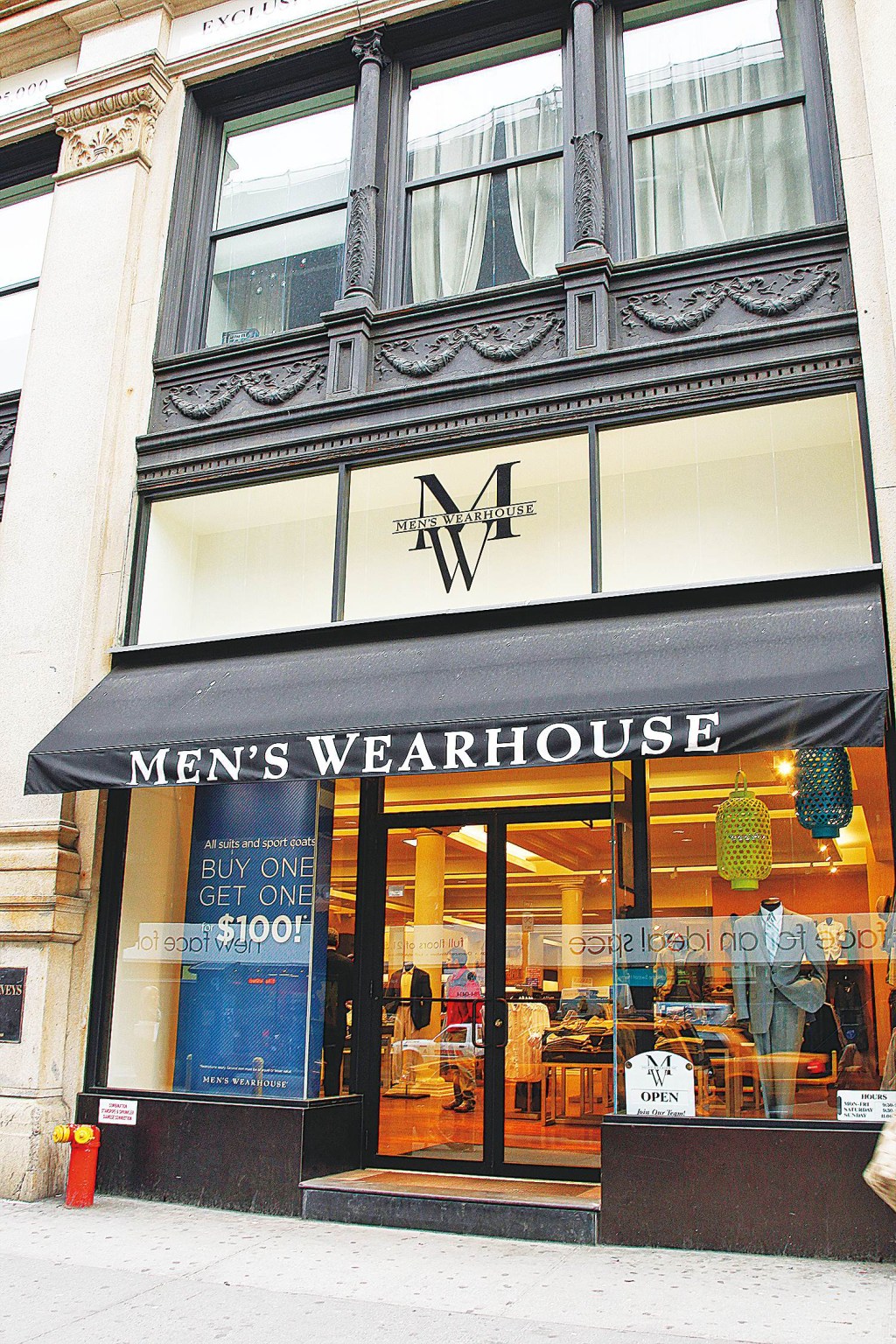Shipping and delivery have been completely reshaped, and if certain issues don’t get fixed, the impact may devastate retailers’ and brands’ bottom line, according to a white paper released Wednesday by UPS Capital, titled, “The Future of Shipping: A Path Paved by Innovation and Person.”
UPS Capital is a financial services division within UPS, which announced massive layoffs this week, underscoring the industry changes alluded to in the white paper.
To set the stage, the report’s authors said the e-commerce market has seen “an unprecedented surge in online shopping in recent years, with no signs of stopping as experts predict that retail e-commerce sales will increase by more than 10 percent annually from 2024 to 2027.”
It is that growth and additional volume that UPS Capital says will bring an increased risk for errors in the post-purchase leg of fulfillment. “Shipping and delivery issues, such as lost, late, damaged or stolen packages, not only threaten merchants’ bottom lines but also endanger positive customer experiences,” the report stated.
The report showed that 54 percent of retailers surveyed said they saw a 30 percent increase in shipping volume due to the growth of online shopping over the past two years. “This aligns perfectly with projected customer behavior, as 48 percent of surveyed consumers stated they plan to increase their online shopping in 2024,” the report’s authors said.
The survey showed that the top three capacity limitations facing retailers were fulfillment speed challenges, managing spikes in demand during peak periods and enabling better tracking and transparency.
But a white knight may be on the horizon to mitigate these issues.
“Technology is playing an increasingly pivotal role in supply chain and shipping dynamics — giving rise to artificial intelligence as a top way to address mounting challenges,” the report stated. “In fact, UPS Capital discovered that [77 percent] surveyed SMB decision-makers have implemented some form of AI-enabled technology.”
The report showed that 67 percent of merchants polled anticipate that AI-driven solutions “will reshape the shipping industry through improved efficiency.” And 58 percent of respondents expect AI to reduce human error, while 44 percent see it improving inventory management.
Regarding the topic of returns, UPS Capital found merchants citing processing time, cost of reverse logistics and identifying root causes as the top challenges along with inventory management and financial forecasting.
“Surveyed merchants believe data analytics and automation could be potential solutions to alleviate some of the challenges posed by returns,” UPS Capital said. “Specifically, they see these technologies as instrumental in optimizing inventory management (50 percent) and reducing return processing costs through optimized return shipping (37 percent).”
Meanwhile, parent company UPS is letting 12,000 workers go as part of a $1 billion cost-saving measure. Roughly 75 percent of the cuts will take place in the first half of the year, according to UPS chief financial officer Brian Newman. Most of the roles being eliminated will come from management, along with some contractors.
UPS has about 85,000 full- and part-time managers as part of its global workforce of 495,000 employees. “It’s a change in the way we work,” Newman said. “As volume returns to the system, we don’t expect these jobs to come back. It’s changing the effective way that we operate.”
Since peak demand during the COVID-19 pandemic in 2021, staff at the company has been reduced by 45,000 employees. The $1 billion in savings comes after a 2024 that chief executive officer Carol Tomé bluntly called a “difficult and disappointing year.”
The layoffs represent yet another round of job cuts within the wider logistics industry and illustrate the pressures that the company has been under since agreeing on a new five-year contract with the Teamsters. That deal tacked on $500 million more expenses in the back half of 2023 than UPS initially expected, further holding down margins at the company.



